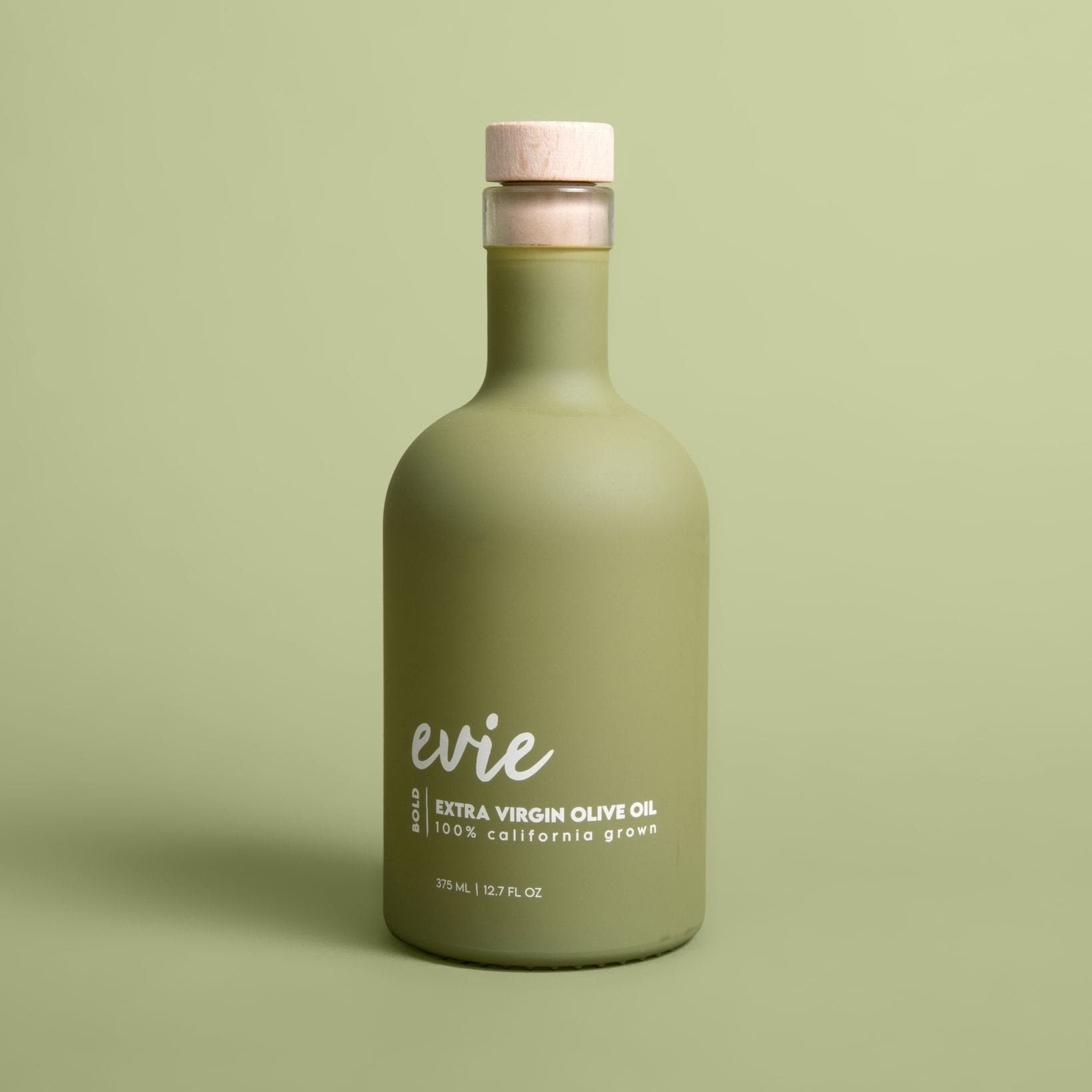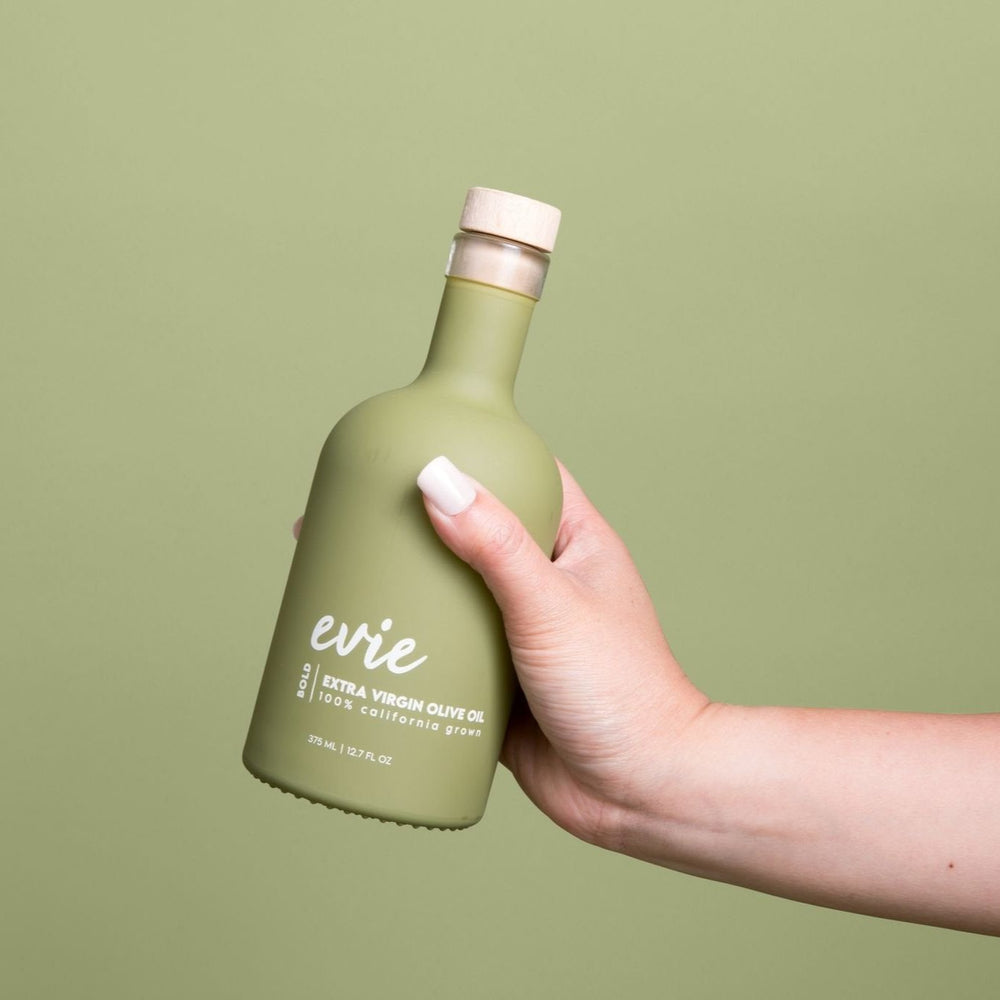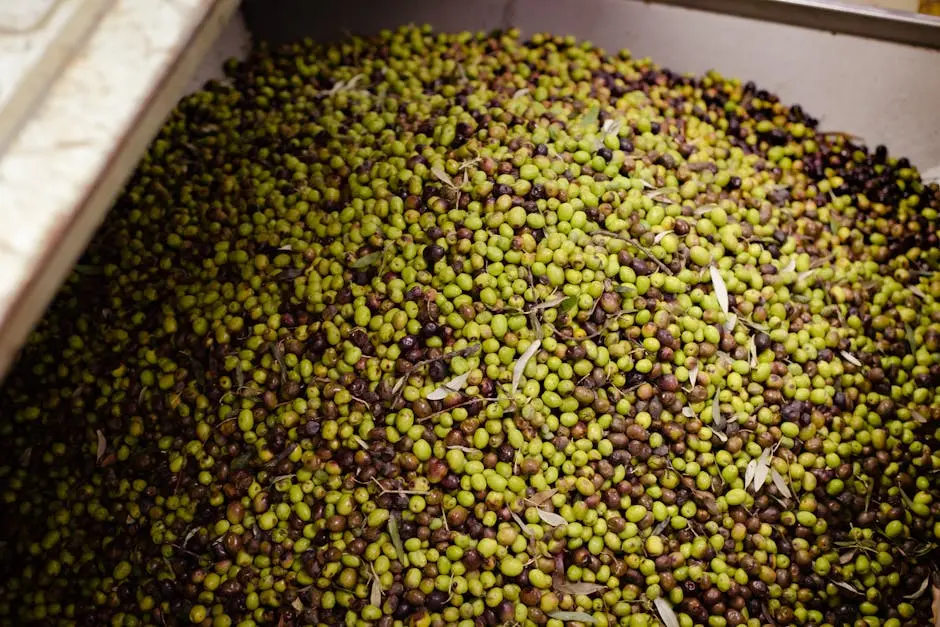The Journey from Fresh Olives to Premium Olive Oil
Olive oil has become a staple ingredient in kitchens around the world, prized for its flavor and health benefits. But have you ever wondered how those luscious, fresh olives transform into the premium olive oil we all cherish? Join us on this fascinating journey that explores the stages involved in turning fresh olives into liquid gold.
The Origins of Olive Cultivation
The olive tree, native to the Mediterranean region, has a rich history dating back thousands of years. Ancient civilizations revered the olive tree not just for its delicious fruit but also for its symbolic significance. In Greek mythology, it was a gift from Athena, symbolizing peace and prosperity. Today, olives continue to hold an important place in various cultures, representing longevity and abundance.
As olive cultivation spread from its origins in the Mediterranean, it adapted to different environments, leading to a variety of species and flavors. Countries such as Spain, Italy, and Greece have become synonymous with olive oil production, each contributing unique characteristics to their oils. These regional differences are fascinating, as they create an array of flavors that enhance culinary dishes in delightful ways.
Harvesting Fresh Olives: The Perfect Timing
Harvesting fresh olives at the right time is crucial for producing high-quality olive oil. The timing can significantly affect the flavor profile and overall quality of the oil. Harvesting too early may yield a bitter taste, while waiting too long can lead to overly ripe olives that compromise the oil’s freshness.
Typically, olives are harvested in the autumn months when they reach their peak ripeness. Farmers often use various methods, from hand-picking to mechanized harvesting techniques, ensuring minimal damage to the fruit. This careful attention during the harvest process is vital to keeping the olives pristine and ready for processing.
A fascinating aspect of olive harvesting is the concept of climate and its influence on the seasonality of olives. Depending on the region, weather variations can alter the harvest times, making each year a unique adventure for olive growers. Observing these patterns not only enriches the olive oil production process but also celebrates the artistry behind each bottle.
From Olive Trees to the Mill: The Transport Process
Once the fresh olives have been harvested, they embark on a short journey to the mill. This step is critical as olives must be processed within hours of picking to preserve their flavor and health benefits. Delaying the transport can lead to fermentation, which negatively impacts the oil extraction process.
Transport can take various forms, whether it’s truckloads of olives making their way across the countryside or smaller batches being carried by hand. Regardless of the method, preserving the quality of the olives during this transport phase is vital. Farmers often use wooden crates for storage, allowing air circulation to prevent bruising. This helps ensure that when they arrive at the mill, they are in the best possible condition for milling.
The Milling Process: Crushing and Malaxation
At the mill, the real transformation begins. First, the fresh olives are cleaned to remove any impurities before being crushed into a paste. This step is crucial, as it helps to break down the cell walls of the olives, releasing their oil. Traditionally, stones were used to crush the olives, but modern mills often utilize metal crushers for efficiency and consistency.
Following the crushing, the paste undergoes a process called malaxation. During malaxation, the olive paste is carefully mixed to allow tiny oil droplets to combine into larger ones, which makes extraction easier. This process is typically conducted at controlled temperatures to maintain the essential nutrients and flavors present in the olives.
It’s fascinating to think about how this ancient milling technique continues to play a significant role in the production of high-quality olive oil. Each step, from crushing to malaxation, is designed to preserve the natural characteristics of the olives, allowing their unique flavors to shine through in the final product.
Extraction Techniques: Traditional vs. Modern Methods
Once the olive paste is ready, the next phase is extraction. Traditionally, olive oil was extracted using a press, a method that remains popular in artisanal production. This approach is time-honored and adheres to the methods passed down through generations, providing a truly authentic experience for owners and consumers alike. However, the pressing method can be labor-intensive and may not yield as much oil as modern techniques.
On the other hand, modern extraction methods, such as centrifugation, have revolutionized the olive oil industry in recent years. This technique uses high-speed spinning to separate the oil from the rest of the olive paste efficiently. Not only does this method increase the oil yield, but it also allows for better temperature control, preserving the delicate flavors and health properties of the olives.
Ultimately, both traditional and modern extraction techniques have their merits. Choosing one over the other often comes down to personal preference and the desired flavor profile of the final product. Regardless of the method, the goal remains the same: to extract high-quality oil that showcases the essence of fresh olives.
The Role of Quality Control in Olive Oil Production
Quality control is paramount in olive oil production, ensuring that only the best oils make it to consumers’ tables. After extraction, the oil undergoes rigorous testing for factors such as acidity, flavor, and aroma. These tests help identify any defects or unwanted flavors that may result from poor-quality olives or improper handling.
One of the most critical aspects of quality control is the grading process. Olive oil is classified into various categories, from extra virgin to refined, each indicating the oil’s quality based on its taste and acidity levels. Extra virgin olive oil, which is produced by cold extraction without any chemical treatment, is the pinnacle of quality and reflects the true essence of fresh olives.
In addition to sensory evaluations, chemical analyses are performed on samples to ensure compliance with regional and international standards. This combination of assessments is what secures the integrity of premium olive oil, giving consumers confidence in what they pour on their meals.
Bottling and Packaging: Preserving Freshness and Flavor
After undergoing quality testing, the next step in the journey of olive oil is bottling and packaging. This stage is essential to maintaining the freshness and flavors attained during the extraction process. Proper storage is crucial, as light, air, and heat can rapidly degrade the oil’s quality.
High-quality olive oil is typically stored in dark glass or tin containers to protect it from sunlight. Moreover, many producers fill their bottles just before shipping to minimize air exposure. This attention to detail ensures that consumers receive the freshest product possible, rich in taste and nutrition.
Finally, packaging is not just about preserving quality; it also serves as a marketing tool. Eye-catching labels and branding can help convey the unique story and characteristics of the olive oil, making it stand out on grocery store shelves. Knowing the journey from tree to bottle adds personal value to each purchase.
Enjoying Premium Olive Oil: Culinary Uses and Benefits
Now that we understand the journey of fresh olives to premium olive oil, it’s time to explore how to enjoy this liquid gold. Olive oil is incredibly versatile and can be used in a variety of culinary applications. From drizzling over salads to sautéing vegetables, its rich flavor enhances dishes in countless ways.
In addition to its culinary uses, olive oil boasts a wealth of health benefits. Rich in antioxidants and healthy fats, it can promote heart health and provide anti-inflammatory effects. Incorporating premium olive oil into your diet can be a delicious way to boost your overall well-being.
To truly appreciate the nuances of different olive oils, consider participating in an olive oil tasting. This not only allows you to discover unique flavor profiles but also deepens your appreciation for the artistry involved in producing premium olive oil. So, next time you’re in the kitchen, remember the incredible journey those fresh olives took to enrich your culinary experience.
Embracing the Journey of Olive Oil Production
Understanding the intricate process of olive oil production deepens our appreciation for this delightful ingredient. From the careful cultivation of olives to the meticulous extraction process, every step plays a crucial role in the final product we enjoy. So, the next time you drizzle olive oil over your favorite dish, remember the journey it took to reach your table.


